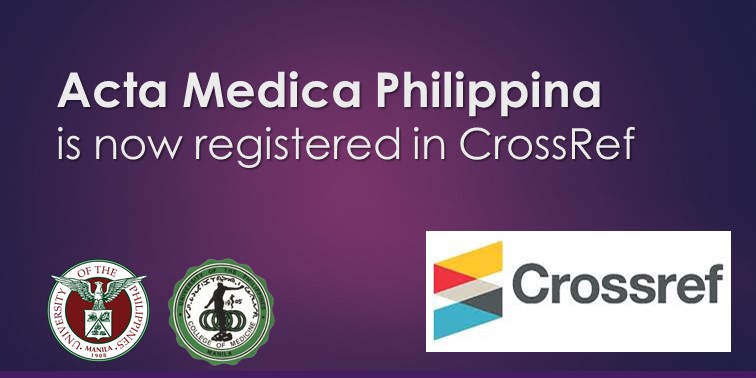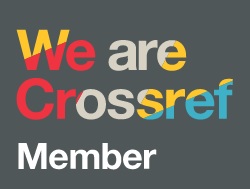Single Pill Combination (SPC) for the Treatment of Hypertension
DOI:
https://doi.org/10.47895/Abstract
In 2024, the World Health Organization reported an estimated 1.4 billion adults aged 30-79 years worldwide with hypertension. Of these, two-thirds are from low- to middle-income countries which include the Philippines. Forty-four percent (44%) of hypertensives are unaware of their condition while another 44% receive treatment with only 23% having controlled hypertension. An article in this issue quoted the same dismal rate of 27% with controlled hypertension as gathered by the Philippine Heart Association in Presyon-4. It identified the source of medication (retail pharmacy rather than local health center) as the main factor for medication compliance. It also reported compliance rate of only 21.8% with 71.8% of the enrolled participants receiving monotherapy. Although many factors may account for poor compliance and low control rate, a significant factor may be the use of monotherapy in the treatment of hypertension. Hypertensive patients often have many other co-morbidities requiring them to take many pills. The use of single pill combination (SPG with 2 or 3 components) in stage 2 hypertension and those with co-morbidities has been well documented in improving medication compliance leading to better control of hypertension.
Strategies using SPCs have shown greater blood pressure (BP) reductions than monotherapy, reduced side effects of individual components, improved drug adherence, and long-term persistence on treatment reaching earlier BP control. Potential drug combinations include angiotensin-aldosterone system blockers (angiotensin receptor blockers or angiotensin converting enzyme inhibitors), calcium channel blockers, thiazide and thiazide-like diuretics, and betablockers. Choosing and combining any of these therapeutic agents will depend on degree of elevation of blood pressure, number of risk factors, presence of target organ damage (diabetes, chronic kidney disease), and history of major cardiovascular events. These recommendations are strongly endorsed by the American Heart Association and the European Society of Cardiology in their latest Hypertension Treatment Guidelines as Class 1 recommendation to reduce pill burden and improve medication adherence. The Philippine Society of Hypertension Treatment Guideline has also endorsed the same strategy.
A review of key health system requirements in 30 low- and middle-income countries showed 11 countries (Philippines included) as having SPC antihypertensive medications listed on the essential medicines list, recommended in national treatment guidelines and available on the market. However, it is one thing on paper and another thing in practice. Checking with our Department of Health website, antihypertensive medications (Losartan, Amlodipine, Metoprolol, Hydrochlorothiazide and Enalapril) are distributed as single agents and not as SPCs in the local government units (LGUs) or its health centers. Many different antihypertensive combinations of SPCs are indeed available in the market, unfortunately many of our patients may not be able to buy their personal medications from retail pharmacies or if at all, probably not on a continuous basis. Additionally, many patients stop or reduce their medications once they feel better or BP appears normal, for lack of patient education. As such, DOH and professional organizations may provide patient and family education to improve compliance. In addition, the DOH must consider providing SPCs of antihypertensive medications in the LGUs to further improve compliance. It is also important to remember that antihypertensive medication compliance does not always equate with adequate BP control. To achieve the latter, regular BP monitoring is essential, either in the clinic or at home. Hopefully, antihypertensive SPCs will be available not just to private patients in the free market but also in the LGUs’ barangay health centers for free distribution to our compatriots in the lowest economic class. Together with control of other risk factors, we may yet see a better and healthier Filipino population.
Downloads
Published
Issue
Section
License
Copyright (c) 2025 Acta Medica Philippina

This work is licensed under a Creative Commons Attribution-NonCommercial-NoDerivatives 4.0 International License.




.jpg)



